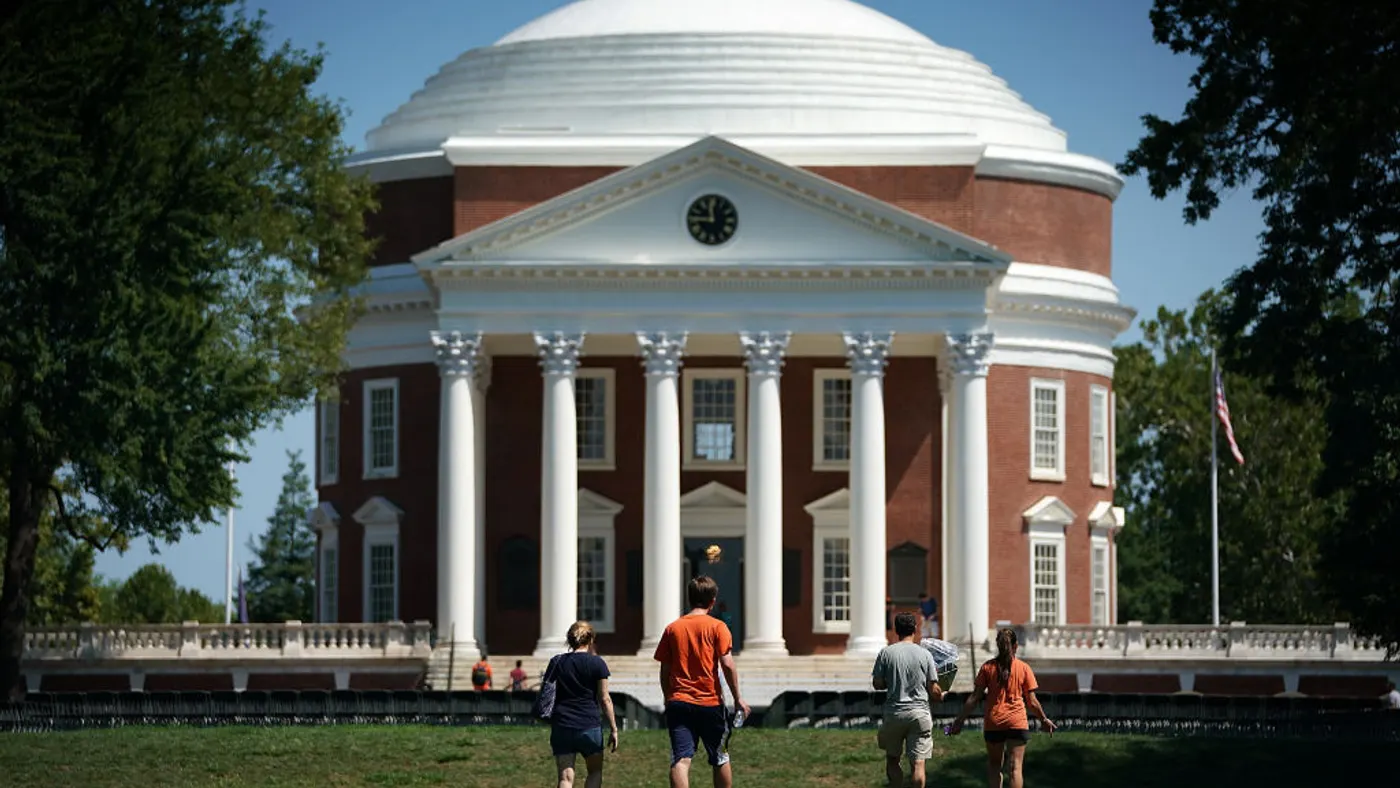It all started with Columbia University.
In early March, less than two months after President Donald Trump took office, his administration canceled $400 million in federal research funding to the Ivy League institution. The funding cut came just days after federal officials announced a probe into the university, claiming it failed to protect Jewish students from harassment.
More civil rights investigations and funding freezes followed — at Harvard University, University of Pennsylvania, Brown University, University of California, Los Angeles and others. Along with allegations related to antisemitism and pro-Palestinian protests, the administration has attacked diversity efforts and policies allowing transgender women to compete on sports teams aligning with their gender identity.
The first to face a funding hit, Columbia in March also became the first university to agree to a host of demands from the Trump administration to see its federal funding restored.
The university then cut a larger deal in July. That agreement included a $221 million payment to the federal government, as well as academic and policy changes, in exchange for having its suspended funding mostly restored. Despite concerns in the higher education world about Columbia’s concessions, at least five other colleges have since inked their own accords with the administration to resolve investigations.
Other deals could follow. Harvard, for example, has been supposedly on the cusp of a deal with the administration for months now — according to periodic news reports — as it seeks an end to a multi-front attack on the university by Trump’s government.
Here’s a look at the deals signed so far between colleges and the government — and the impact on the institutions involved.









